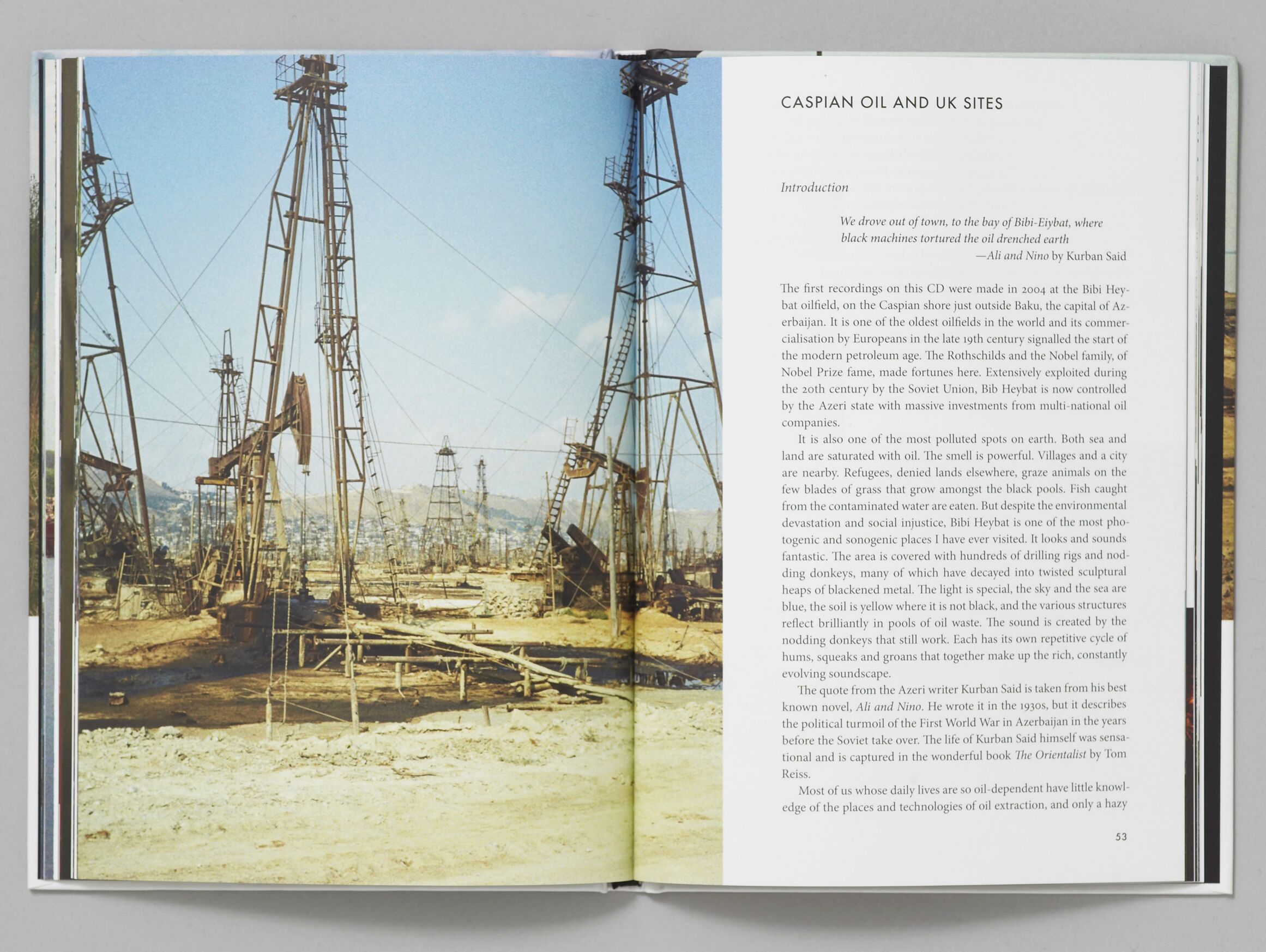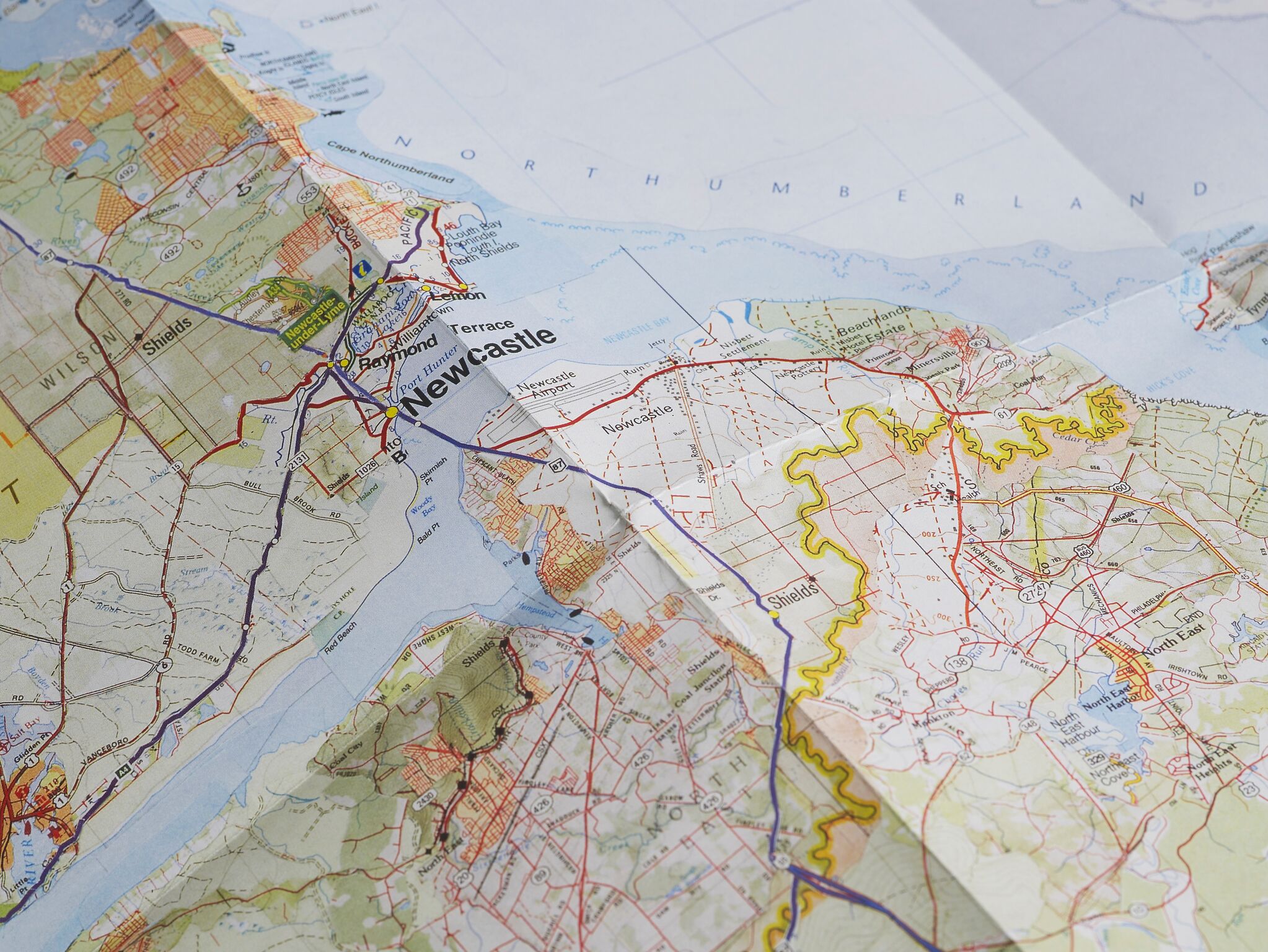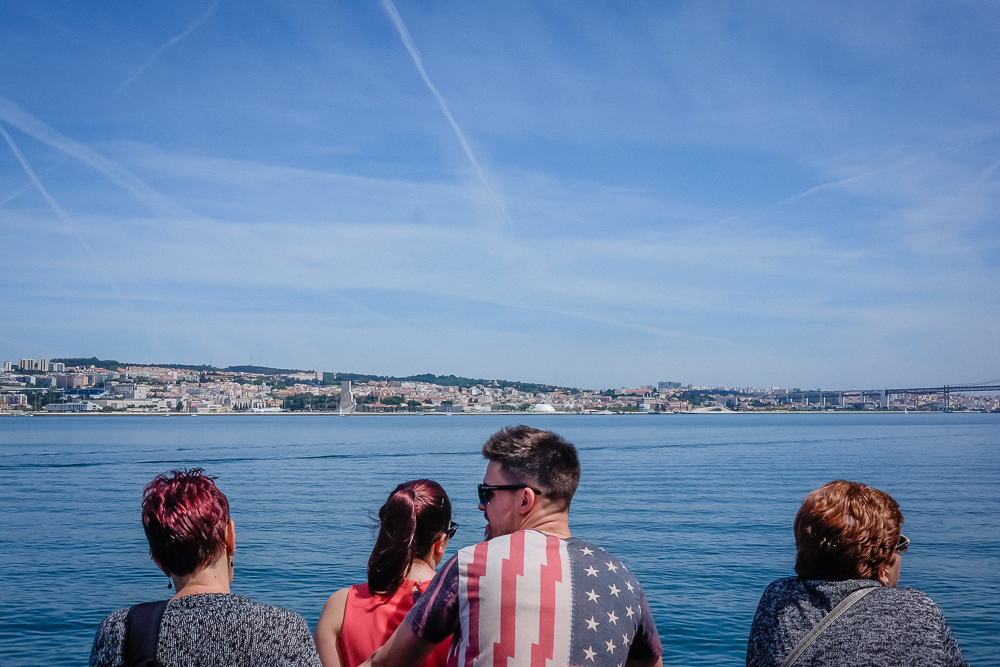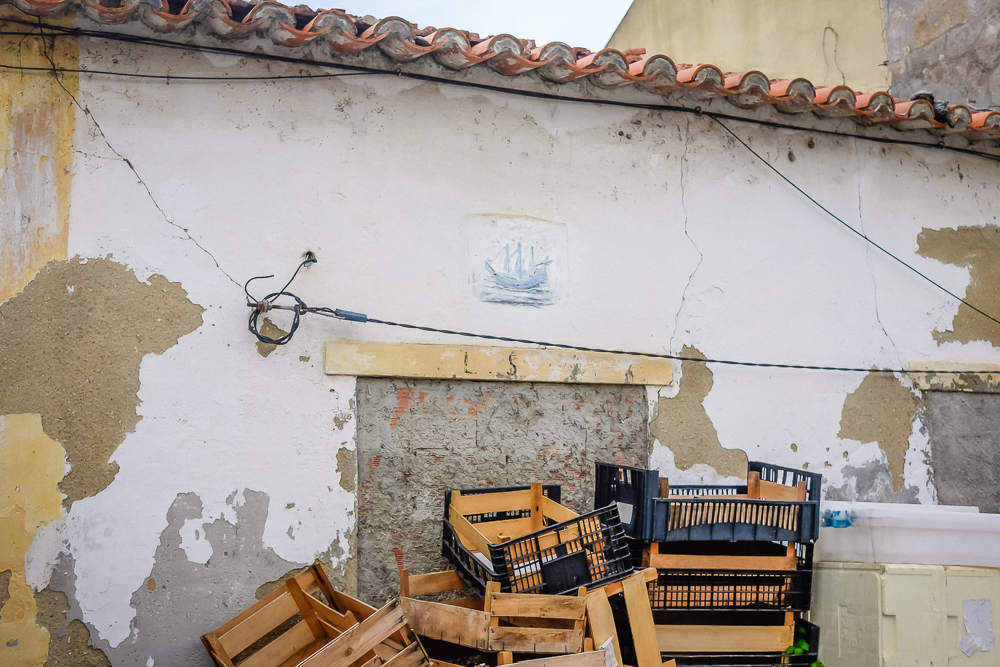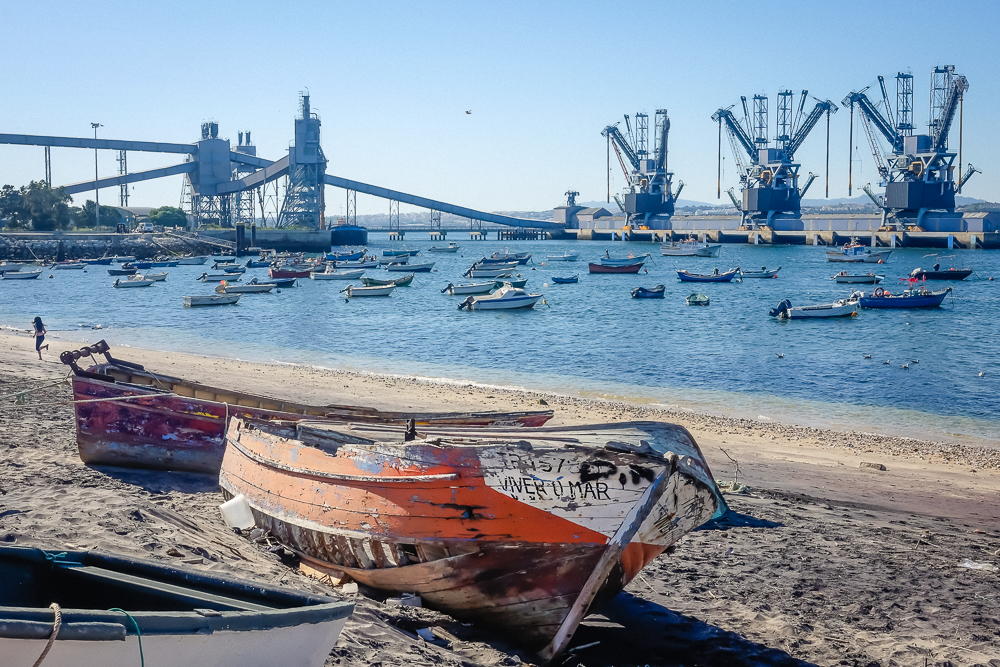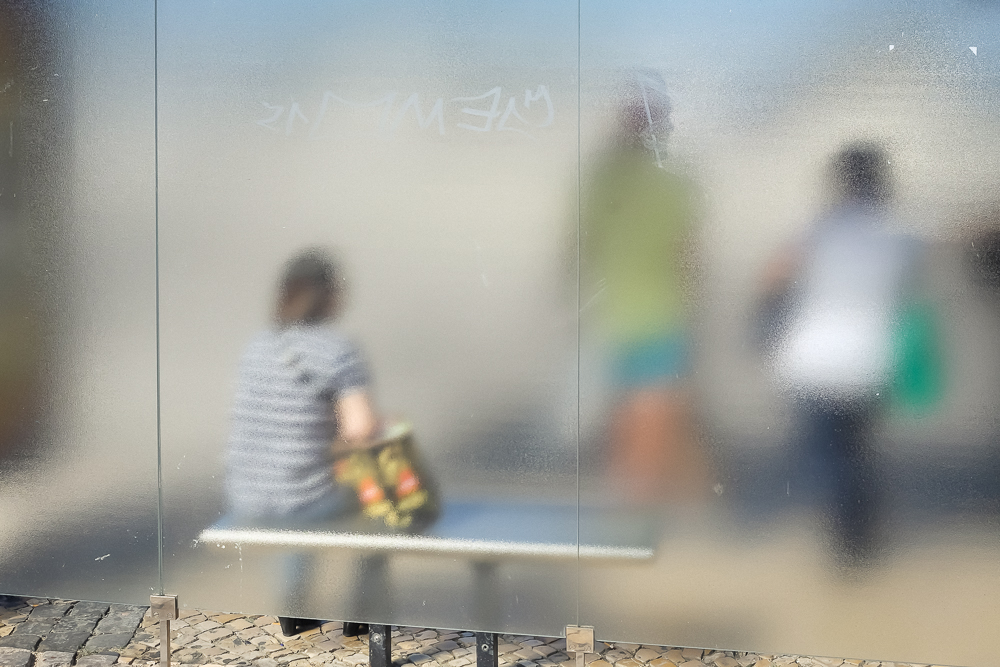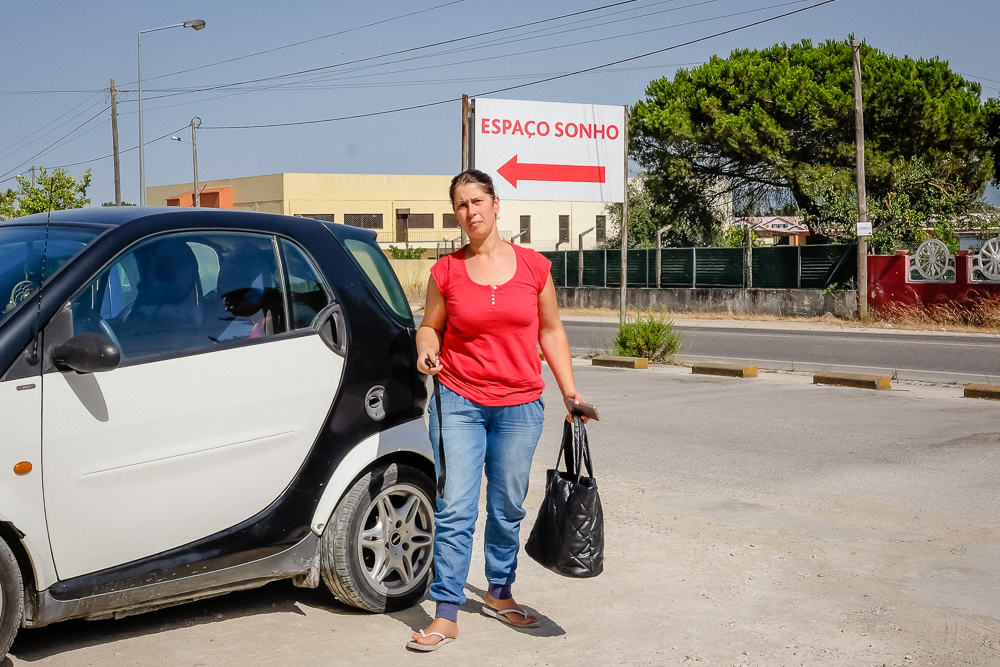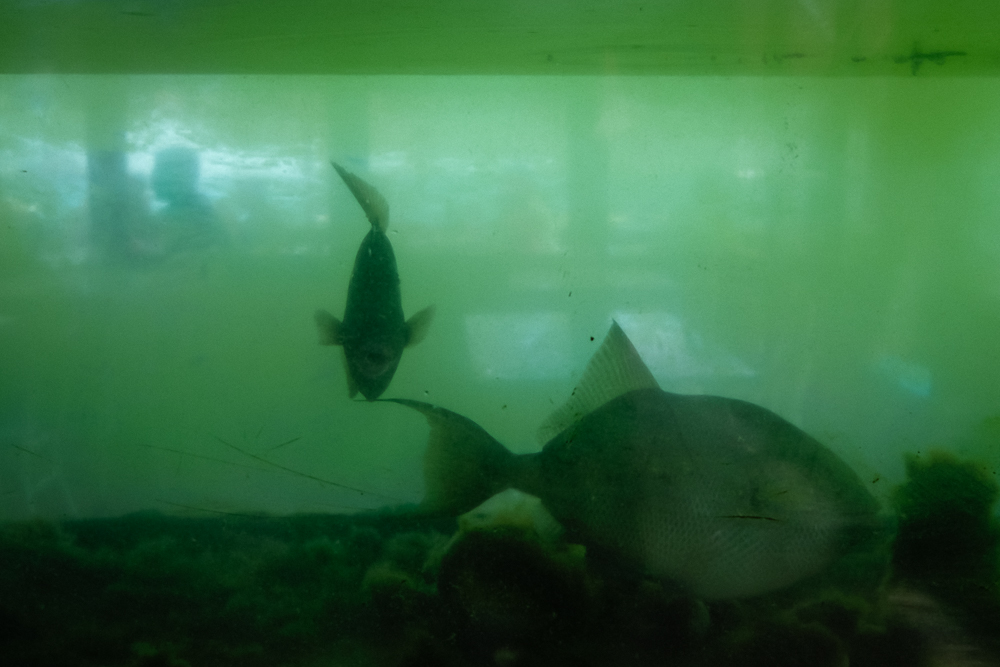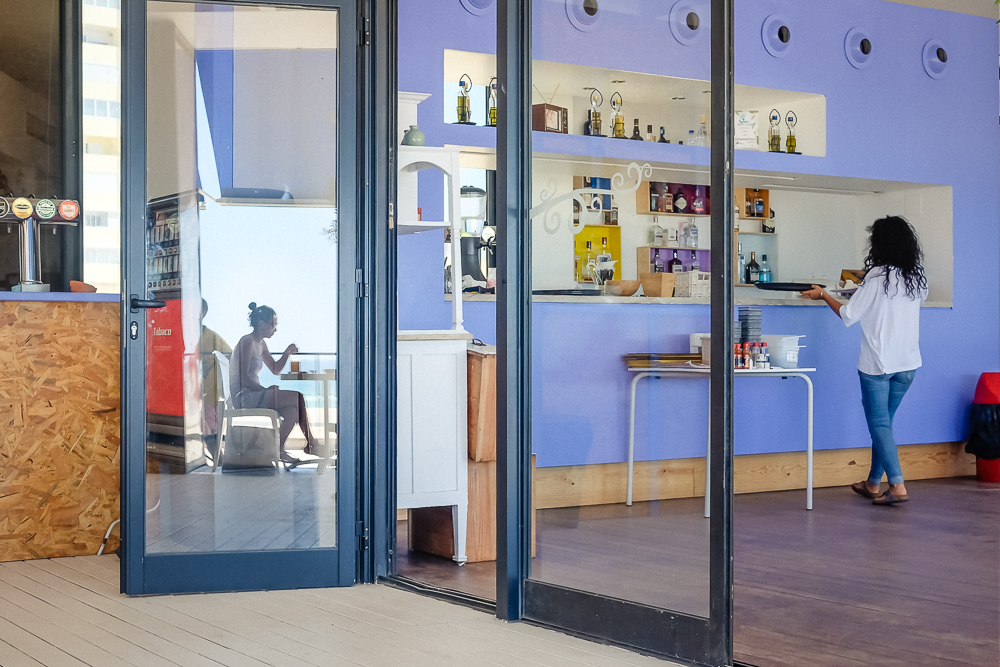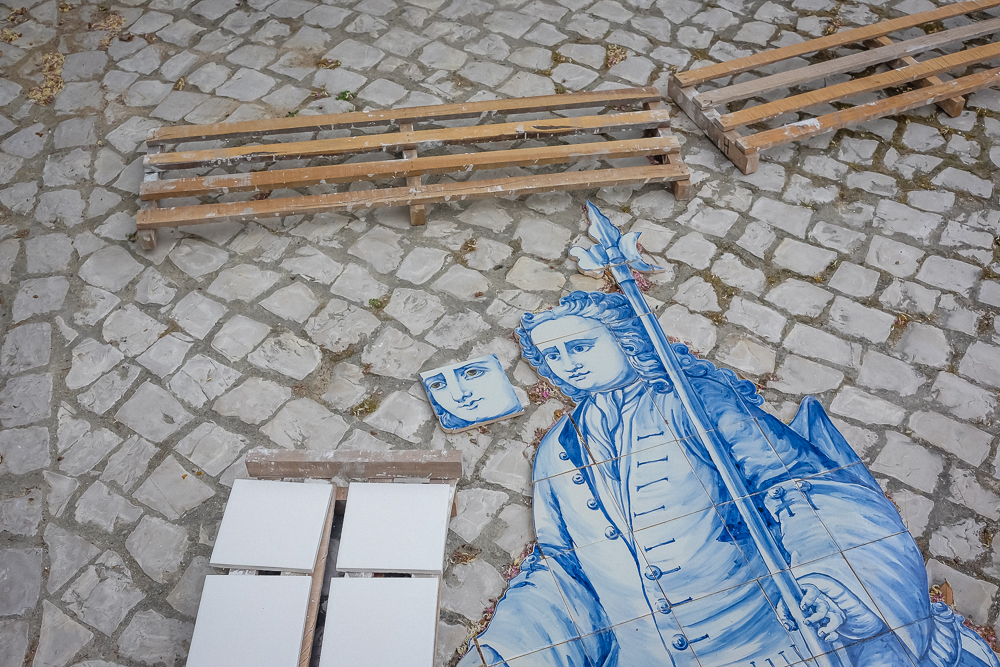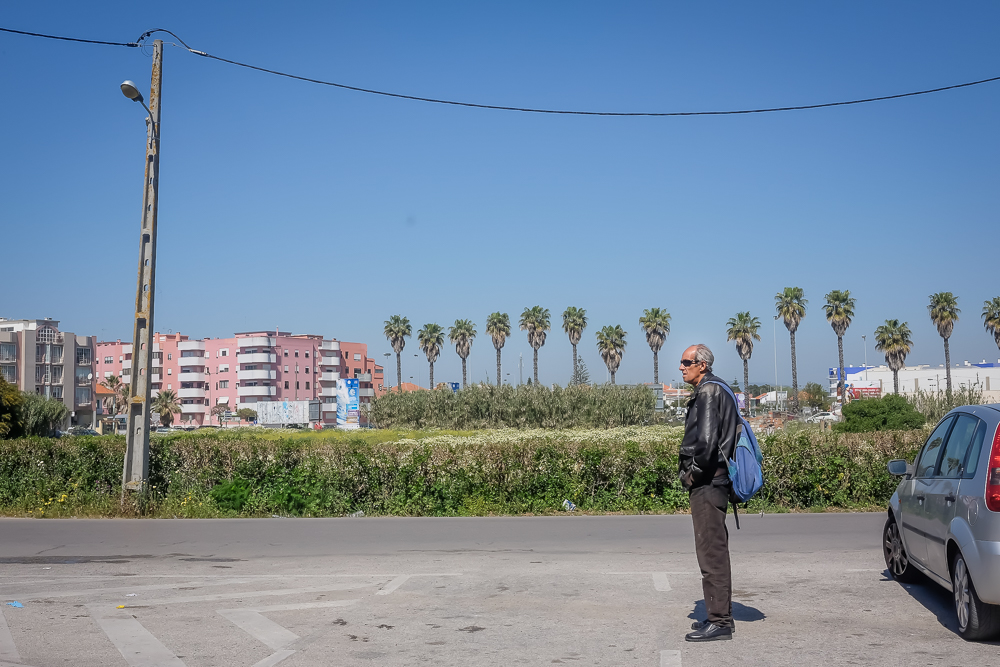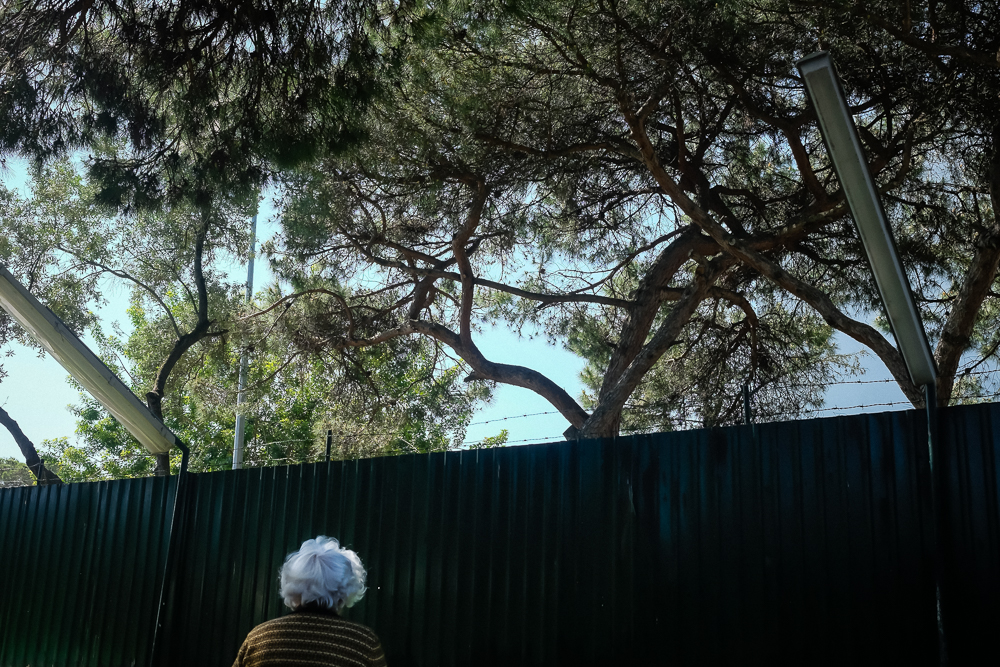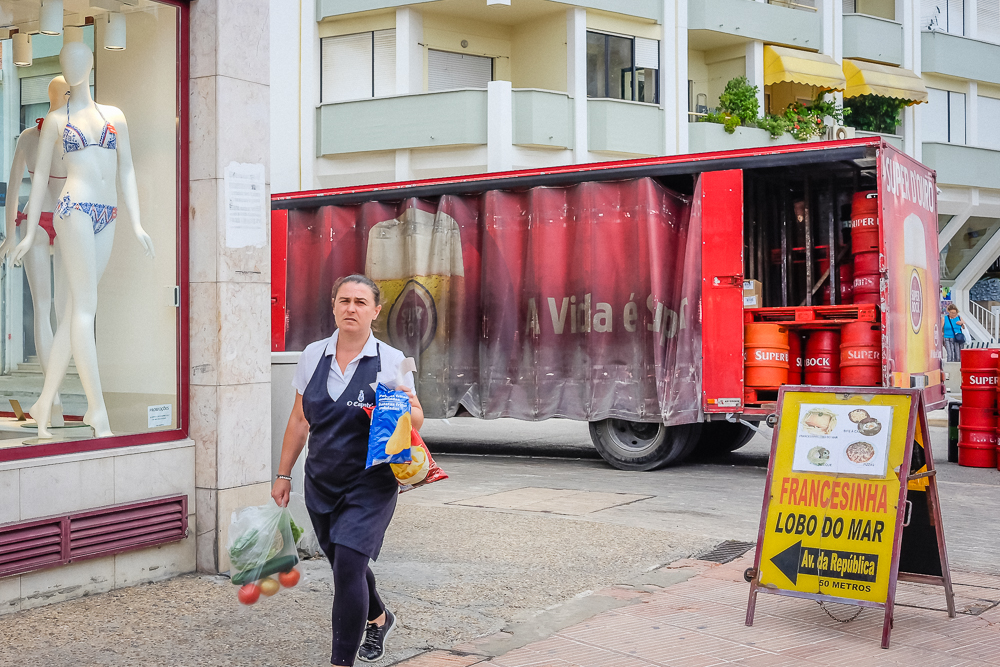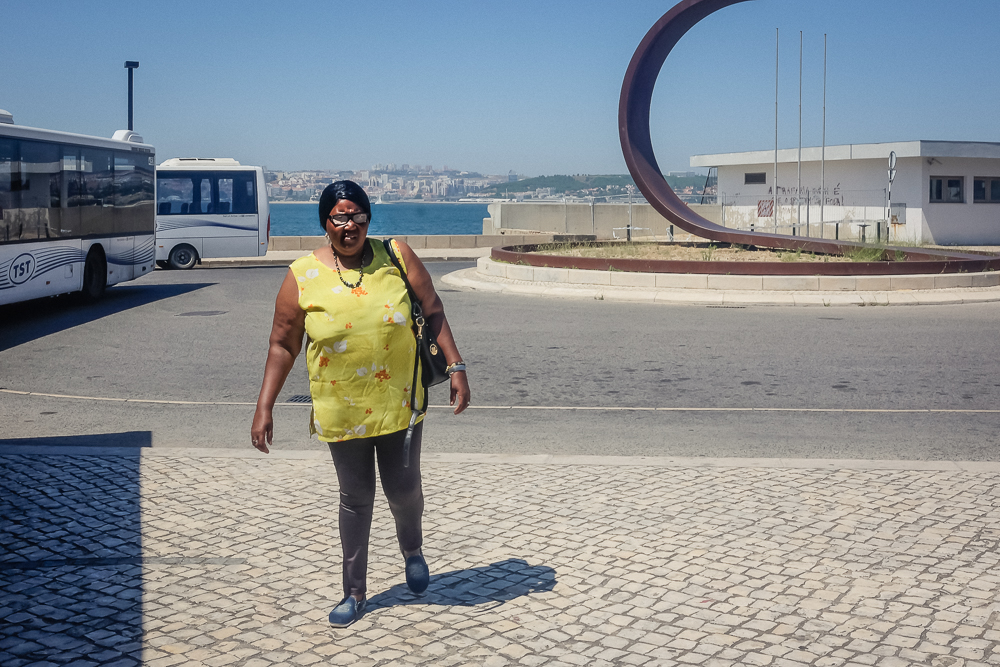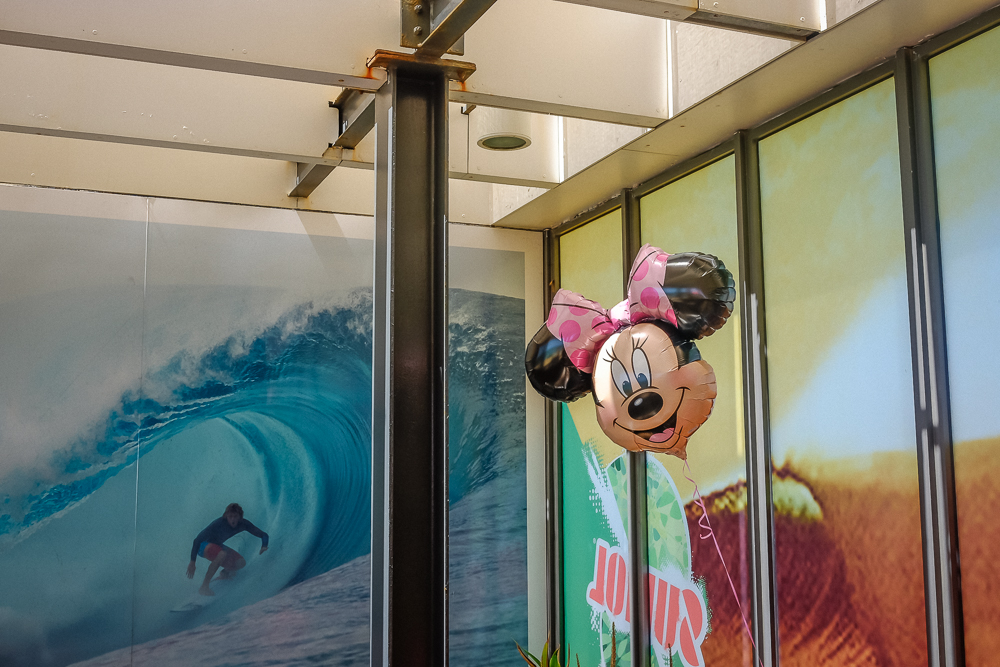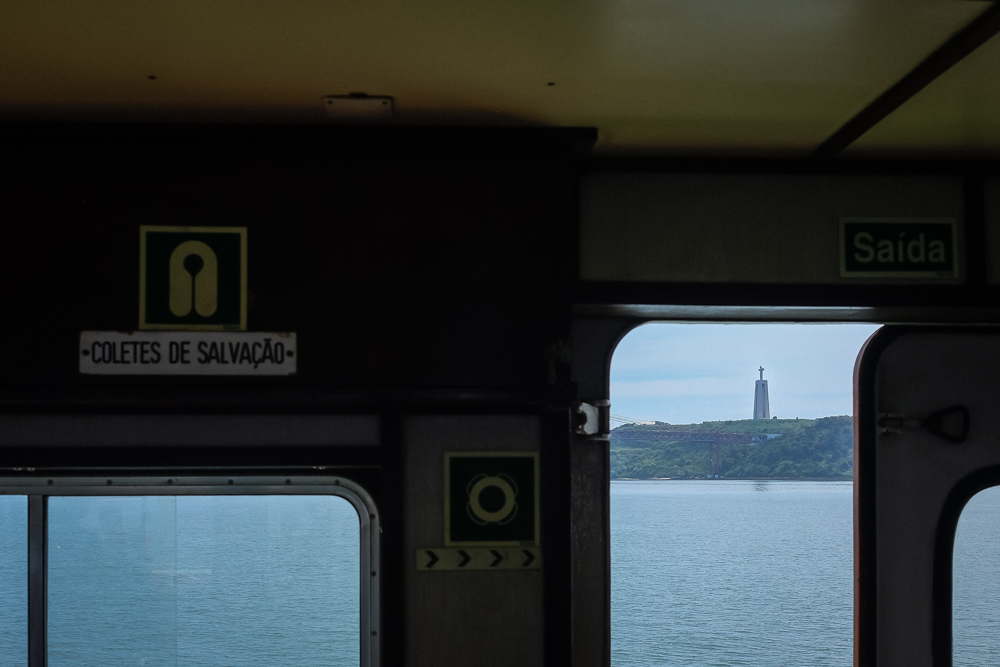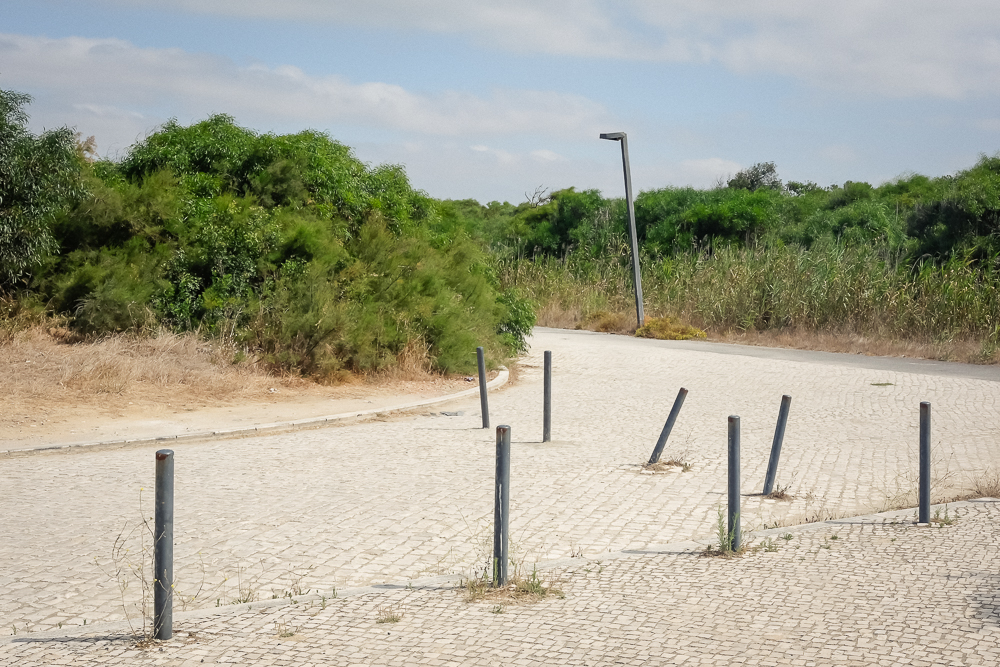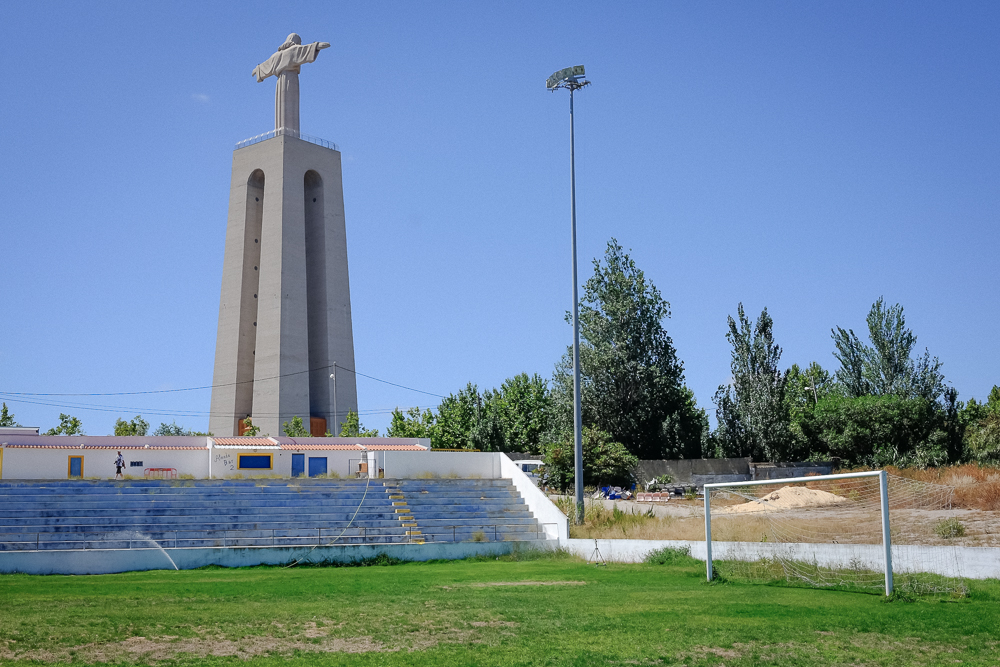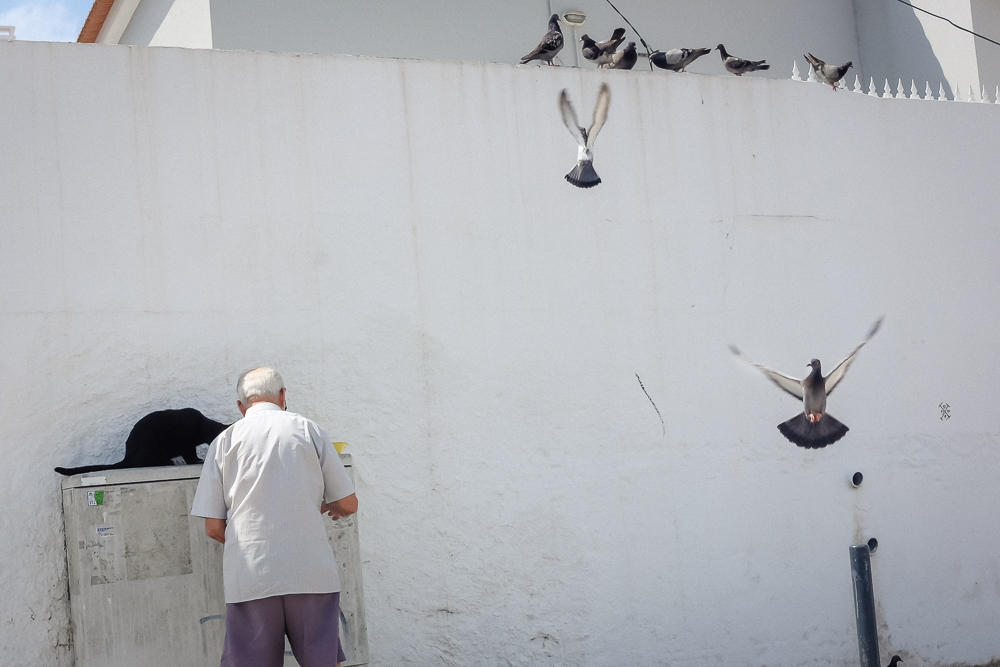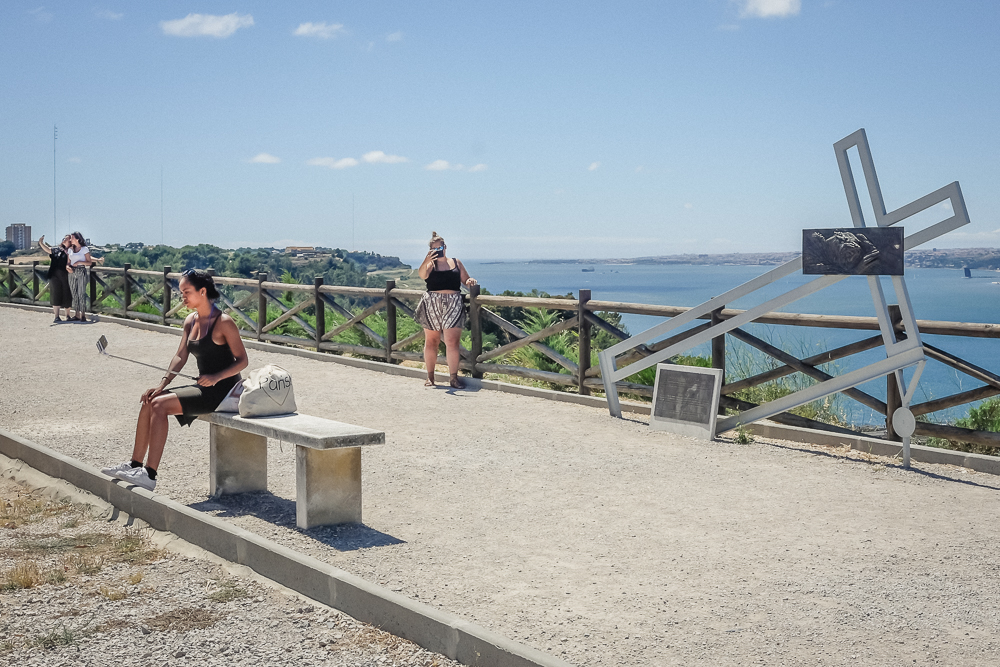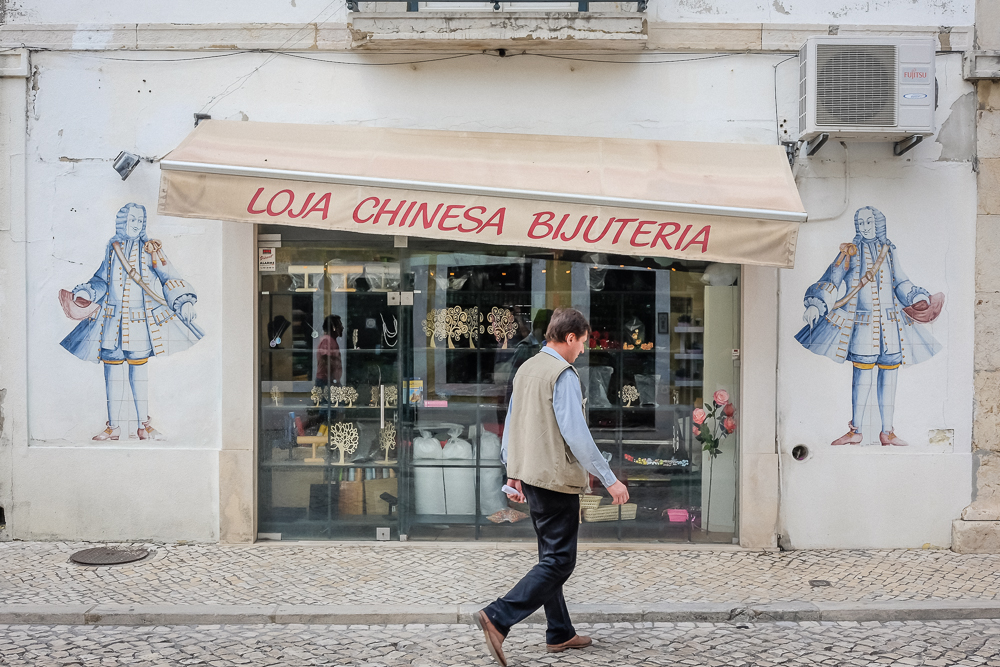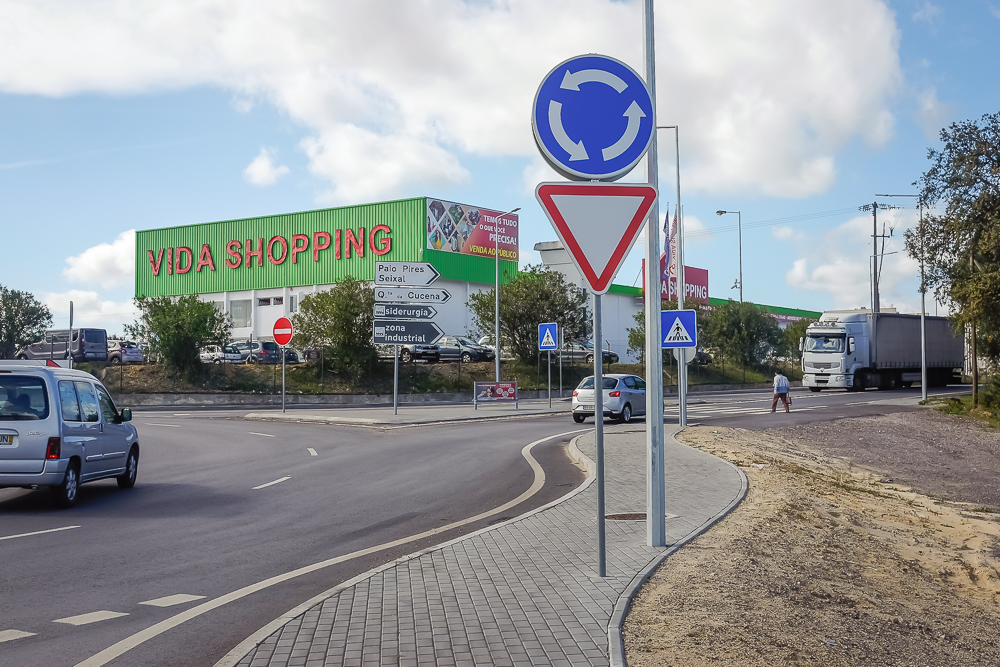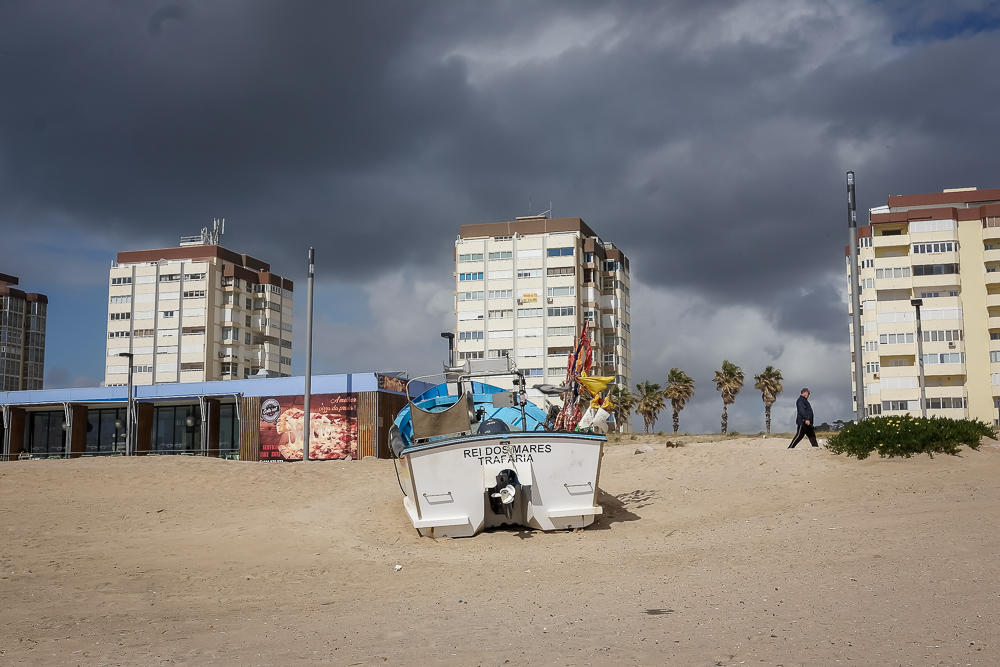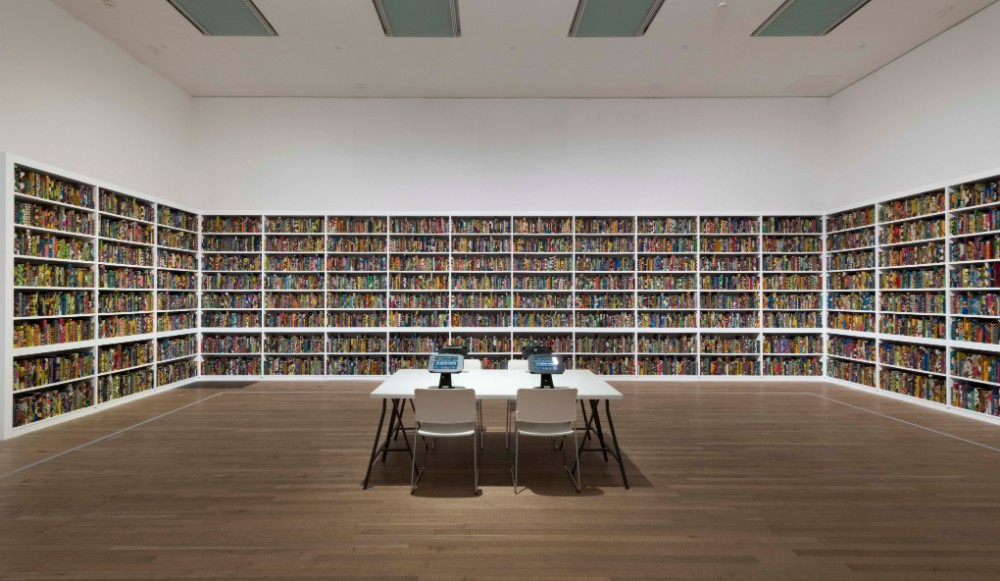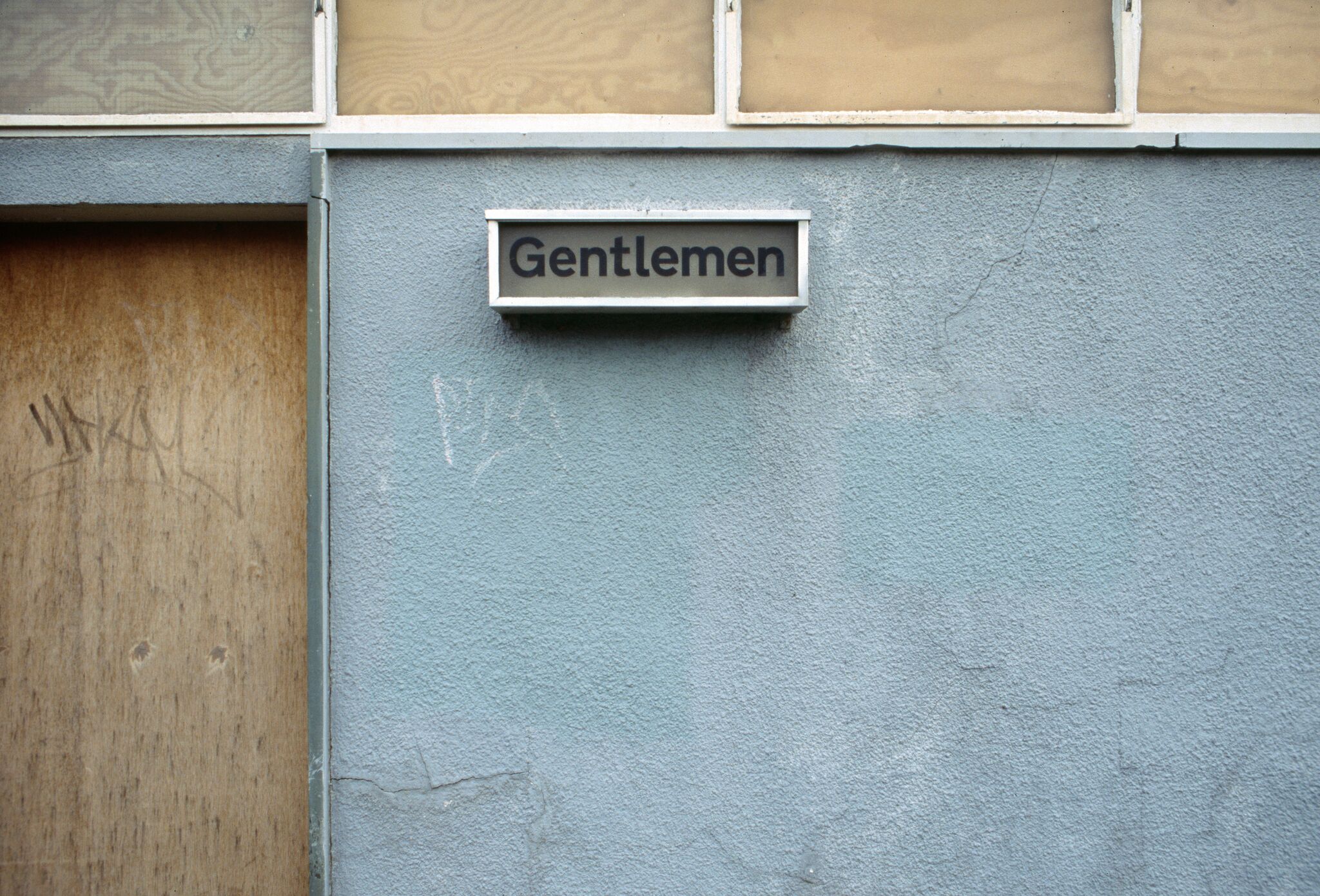Edgework Artist Profile #2: Peter Cusack
/Aral Sea, Peter Cusack
As part of our collaboration with Edgework an artist-led cross-disciplinary journal and store with an emphasis on place, we are running a series of monthly profiles of the artists here on Elsewhere. The second in the series is of Peter Cusack, sound artist and musician:
Sounds from Dangerous Places, Peter Cusack
As a field recordist, sound artist and musician, Peter Cusack has long had an interest in the environment. A member of CRiSAP (Creative Research into Sound Arts Practice) at the University of the Arts, London, Cusack initiated the Favourite Sounds Project to discover what people find positive about soundscapes where they live, and Sounds From Dangerous Places (sonic journalism) to investigate major environmental damage in areas such as the Chernobyl exclusion zone, the Azerbaijan oil fields, brown coal mining in Germany and the Czech Republic and the Bialowieza Forest in Poland.
Berlin Sonic Places, Peter Cusack
He also produced Vermilion Sounds - the environmental sound program - for ResonanceFM Radio, and was DAAD artist-in-residence in Berlin 2011/12, initiating Berlin Sonic Places that examines relationships between soundscape and urban development. He is currently working on Aral Sea Stories, concerning the disappearance and restoration of the Aral Sea in Kazakhstan and the uses and abuses of water along its vast Central Asian watershed. As well as teaching in Berlin, Peter has also been organising a series of soundwalks in the neighbourhood of Pankow. If you’d like to learn more about Peter and his work, follow the various links below.
Peter Cusack on Edgework
Twitter
Favourite Sounds website



